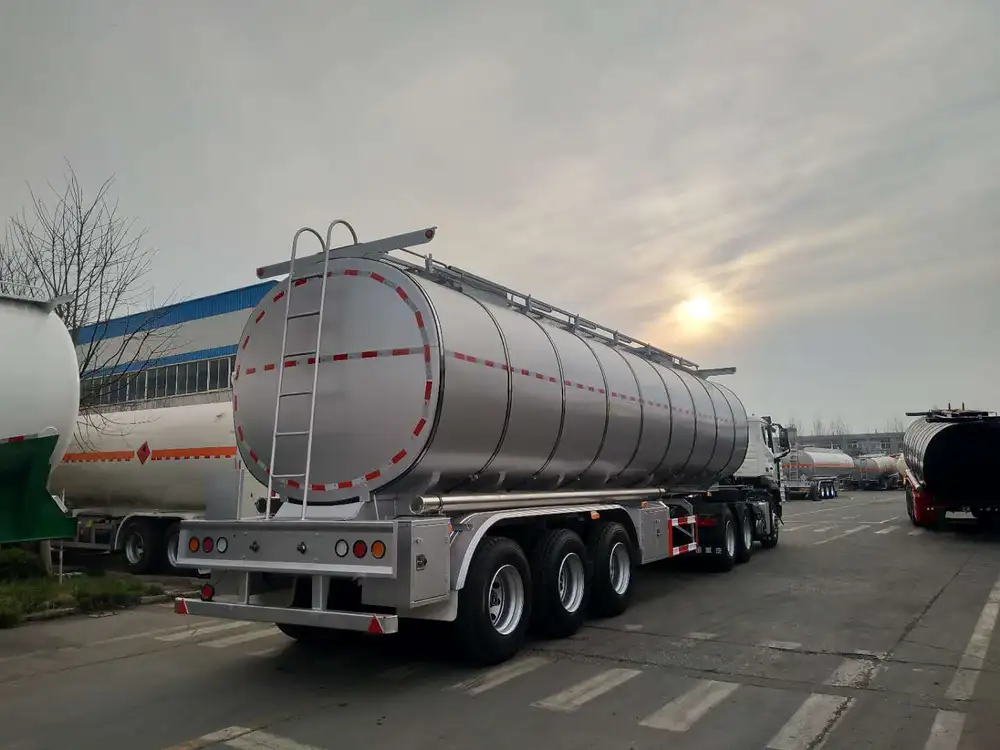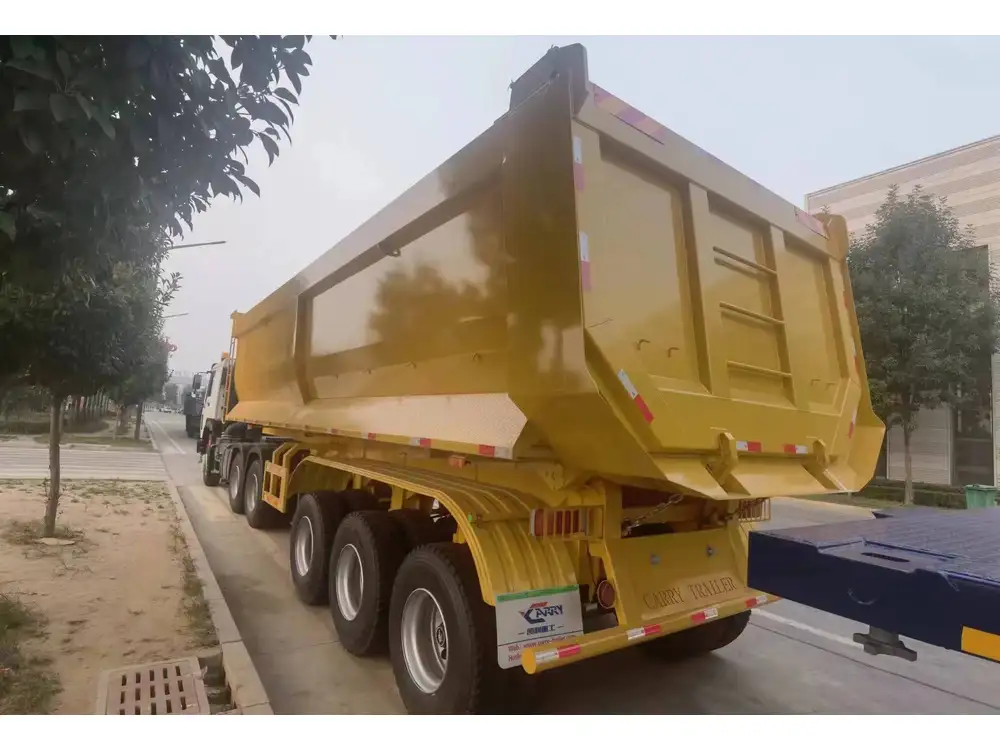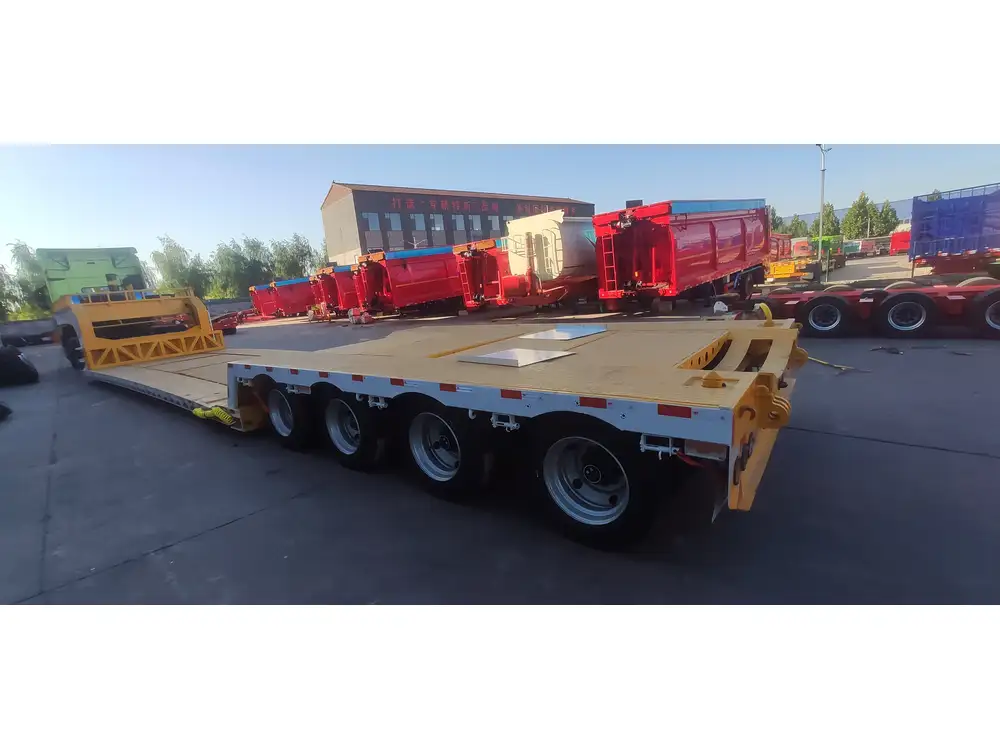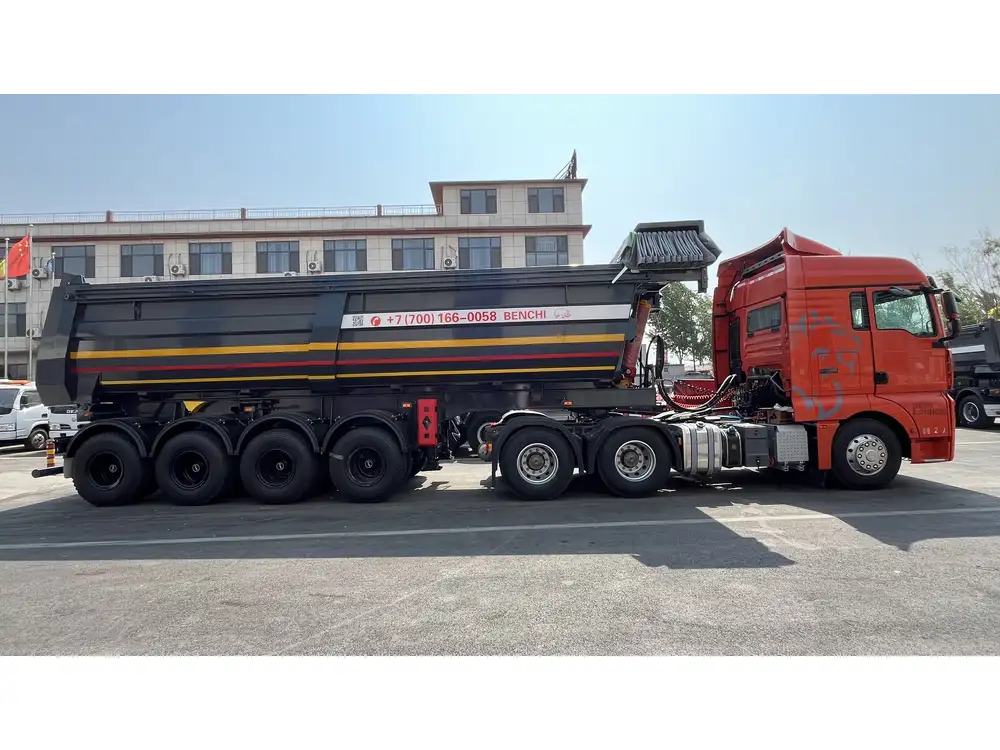Bolting a shipping container to a flatbed trailer may appear straightforward at first glance, but it requires a meticulous approach to ensure the safety and security of your cargo. Shipping containers are not just heavy steel structures; they are vital assets that must be securely fastened during transport. In this article, we delve into the step-by-step process, essential tools, and best practices for bolting a container to a flatbed trailer.
Understanding the Basics of Flatbed Trailers
Flatbed trailers are versatile, enabling the transport of oversized loads, from heavy machinery to construction materials. However, when it comes to bolting a shipping container onto one, certain nuances need to be considered:
Flatbed Trailer Types:
- Standard Flatbed Trailer: Versatile and used for various cargo types.
- Drop Deck Trailer: Lowered deck height; ideal for taller cargo.
- Extendable Flatbed Trailer: Great for exceptionally long loads.
Container Specifications:
- Common sizes: 20-foot and 40-foot containers.
- Weight limitations: Understanding your trailer’s weight capacity is crucial.
Regulatory Requirements:
- Compliance with weight and load security regulations.
- Local laws on transport safety.
Tools and Materials Required
Before commencing the bolting process, gather the necessary tools and materials for a seamless operation:
| Item | Details |
|---|---|
| High-Strength Bolts | Grade 8 or higher bolts for maximum durability. |
| Washers | Flat washers to distribute pressure evenly. |
| Nuts | Sufficiently sized nuts to match bolt specifications. |
| Torque Wrench | For precise tightening of bolts to avoid over-tightening. |
| Drill with Bit | For creating bolt holes in the container. |
| Measuring Tape | To ensure accurate placement of bolts. |
| Level | For ensuring the container is level on the trailer. |
| Crowbar | For repositioning the container if necessary. |
| Safety Gear | Gloves, goggles, and steel-toed boots for protection. |

Step-by-Step Guide to Bolting a Container to a Flatbed Trailer
Step 1: Preparation
Select a Suitable Location:
- Choose a flat, stable surface to conduct the bolting.
- Ensure sufficient space for maneuvering equipment and tools.
Inspect the Flatbed Trailer:
- Verify that the trailer is in good condition and check for any damages that may compromise load security.
- Test the integrity of the deck against excessive rust or wear.
Position the Container:
- Use a forklift or crane to position the container accurately over the trailer.
- Ensure that the container is aligned properly to avoid shifting during transport.
Step 2: Mark the Bolt Holes
Identify Bolt Locations:
- Typically, four bolting points at each corner of the container.
- Avoid locations where structural beams may interfere.
Measure and Mark:
- Use a measuring tape to ensure an equal distance from each corner to maintain balance.
- Mark the drilling points clearly.

Step 3: Drilling the Holes
Drill the Container:
- With a drill and an appropriate bit, carefully create bolts holes at your marked locations.
- Ensure that the size of the holes corresponds with the diameter of the bolts you plan to use.
Deburr the Edges:
- After drilling, remove any sharp edges around the hole to prevent injuries and ensure a snug fit.
Step 4: Position the Container on the Trailer
Use a Level:
- Adjust the container as necessary to make it level.
- Check alignment with the trailer deck.
Secure the Container Temporarily:
- Use blocking or straps to hold the container in place until bolting is completed.
Step 5: Insert High-Strength Bolts
Insert the Bolts:
- Feed bolts through the drilled holes from the bottom of the trailer deck upwards.
- Place washers and nuts on top, ensuring a snug fit.
Tighten the Bolts:
- Use a torque wrench to achieve the recommended tightness (consult bolt specifications for guidance).
- This ensures that the container is securely fastened, minimizing movement.

Step 6: Final Inspection and Adjustments
Check All Bolts:
- Ensure that all bolts are tightened to the specified torque levels.
- Perform a final visual inspection of the fastening.
Conduct a Test Drive:
- Take a short test drive with the trailer unloaded, checking for any signs of shifting or instability.
Maintaining Proper Load Security
Once the container is secured to the flatbed trailer, maintaining load security is paramount. Here are some key practices to adhere to:
Regular Inspections
Conduct regular inspections throughout the shipment process. Periodic checks on both the trailer and cargo can help identify potential issues before they become critical.

Environmental Considerations
Weather conditions can affect load stability. If transporting in adverse conditions, inspect the security measures frequently, and consider reinforcing ties or adding additional securing methods.
Use of Additional Straps
While bolting ensures a robust hold, using ratchet straps or additional securing devices can provide extra peace of mind during transit.
Document the Load Securement
Keeping a record of your bolting and securing methods can be beneficial for both compliance and operational review. It provides evidence of the measures taken to ensure safety and highlights areas for improvement.

Troubleshooting Common Issues
Problem: Container Shifts During Transit
- Causes: Insufficient tightening of bolts, improper alignment, or inadequate securing measures.
- Solutions: Reassess torque levels and ensure bolts are sufficiently secured. Additionally, use lateral straps to stabilize against lateral movements.
Problem: Difficulty in Drilling
- Causes: The drill bit may be dull, or the material may be too tough.
- Solutions: Use high-quality drill bits specifically designed for steel. Apply penetrative oil during drilling to ease the process.

Problem: Bolt Corrosion
- Causes: Inadequate protection against environmental factors.
- Solutions: Consider using galvanized bolts treated for corrosion resistance, and inspect regularly to ensure that no rust is developing.
Conclusion: Ensuring Safety and Compliance in Transport
Bolting a container securely to a flatbed trailer is an essential element of safe cargo transport. By following the steps outlined in this guide, employing proper tools, and maintaining diligent inspection practices, you can ensure that your shipping container remains stable during transit, mitigating risks and upholding the highest safety standards.
This comprehensive approach not only secures your cargo but also enhances operational efficiency, aligning with regulatory compliance and fostering peace of mind during transport operations. Investing time and resources into proper bolting techniques pays dividends in safety and reliability, securing your reputation as a trusted transport provider.



